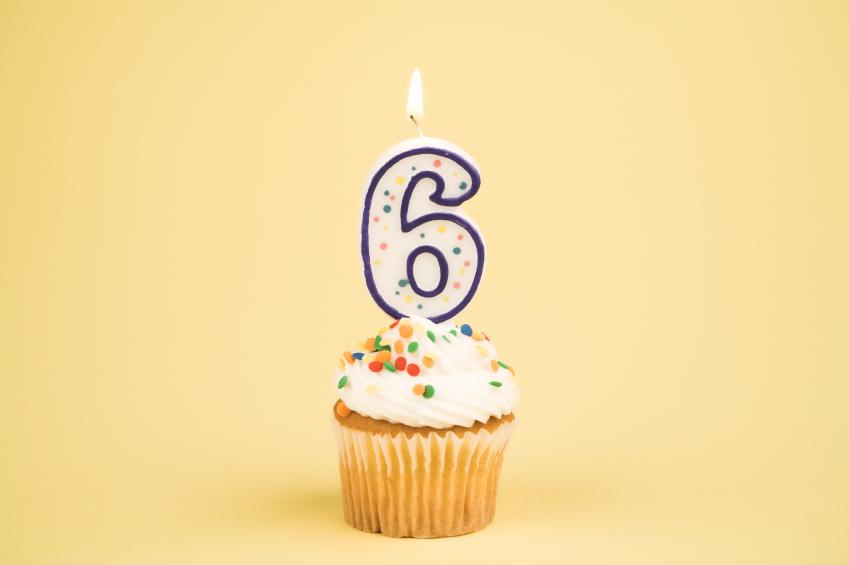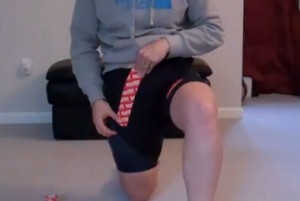In our last blog post we talked about toe deformities and how they can develop from common mobility and range of motion restrictions. What we didn’t talk about was what having bunions, hammer and mallet toes means to an athlete who is training and racing. That’s where this post comes in!
What do you need to worry about?
- Loss of toe extension (ability to bend your toes back)
- Progressive loss of ankle mobility (* Remember, those long toe tendons travel up into the calf. The tighter your toes get, the tighter that ankle gets)
- Less time spent in stance phase (decreased step and stride length)
- Progressive loss of hip mobility and loss of hip/lumbar relationship (glute shutdown + increased strain on lumbar spine)
- Progressive compensation upstream in the ankle, knee and hip to work around all of the above
The biggest problem with toe deformities as an athlete is that they reduce the amount of time you are able to spend on that foot. This is time that allows the big muscle groups to share the workload from muscle to muscle, moving you forward in an efficient manner. This time is also important because it allows the transition from shock absorption to stability and propulsion to occur. When you decrease the time on your feet, you are preventing that stabilization from happening. Now, instead of a strong platform to push off of, you get stuck somewhere in between or with no push off at all. This progression also means that the workload never quite reaches the hips as you aren’t on your feet long enough to get there.
With that in mind, let’s talk about which muscle groups get beat up trying to work this way:
- The inner calf and peroneals. When there are toe and ankle mobility losses, rotation occurs to keep you from falling over your own feet. This rotation means that instead of using the larger shin and calf muscles, you start to rely more on the smaller peroneals and posterior tib/long toe flexors. These muscle groups are smaller and are not designed to be used for long periods of time. They will require more frequent self care to ensure that they are recovering. Likewise, the calf (gastroc/soleus) and shin will tighten over time because they are not be used like they are supposed to be.
- Inner hamstrings/adductors. As your push off is decreased and the hip becomes less active, the quads become the dominant power muscle. This will continue until they become too fatigued to handle the workload. This is when it is common for propulsion to occur through internal rotation of the femur. This allows the inner hamstrings and adductors to pull you forward. The rotation also strains the external hip rotators (piriformis) and smaller glute muscles as they try to stabilize and that excessive rotation. This sometimes can lead to strains and tendonitis developing along the outer quad and IT band as the thigh rotates one way and the lower leg the other way.
So what does all of that actually mean to you as an athlete?
Toe deformities do not mean a life on the sidelines. What they do mean is a reality check- you will have a much smaller margin for error when it comes to self care and recovery versus someone with normal mobility, mechanics, and strength. The good news is that there is a lot you can do to ensure you are recovering between workouts. The better news? You can use the same tools as every one else (foam roller, massage balls, the occasional deep tissue massage, etc). The only change that happens is what muscle groups you are focusing on.
Here is an easy visual:
In an athlete with good mobility and mechanics, the muscles directly along the front and back of the leg take the brunt of the wear and tear. These are the big, power muscles in the legs (gastroc, quads, hamstrings, glutes). While these muscle groups will be affected by compensation for the toe deformity, they will no longer be your primary source of movement. For someone with a toe deformity, we know that your mechanics will be altered. We also know that you will be compensating around the restrictions that led to your toe deformity. For you, the muscles along the inside and outside of the leg will be doing most of the heavy lifting. Since they are not designed for this, they have a much bigger chance of getting cranky and breaking down.
The advice is simple. Make the time to keep an eye on these areas and stay ahead of things instead of waiting for symptoms! Here is a little sample routine to get you started. It will take 15 minutes per foot! Start with the massage and follow with the stretches.
Massage:
Stretching:
Next steps or looking for more?
You have two options. Free users can use the Basics Courses located on the body map. Refer back to our last post for more information on which areas you need. For premium users, head to the Toe Deformities course for a progression of these techniques.





